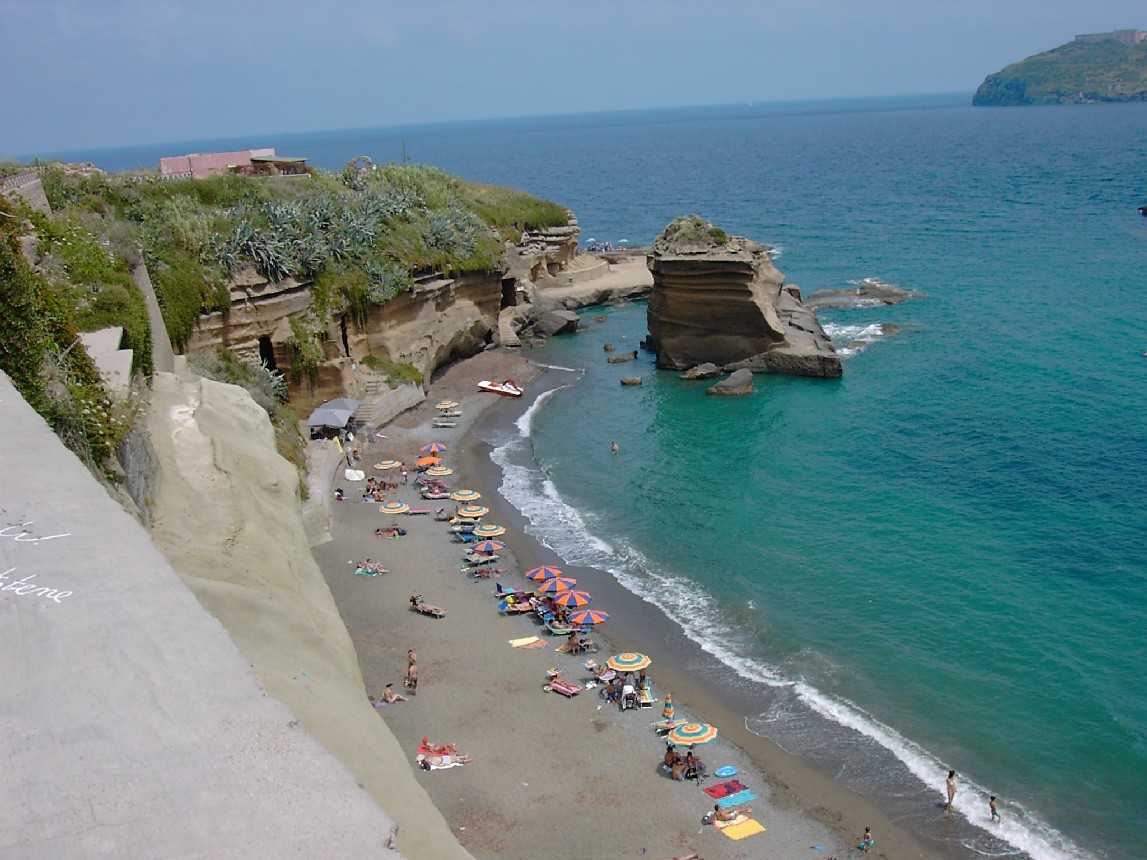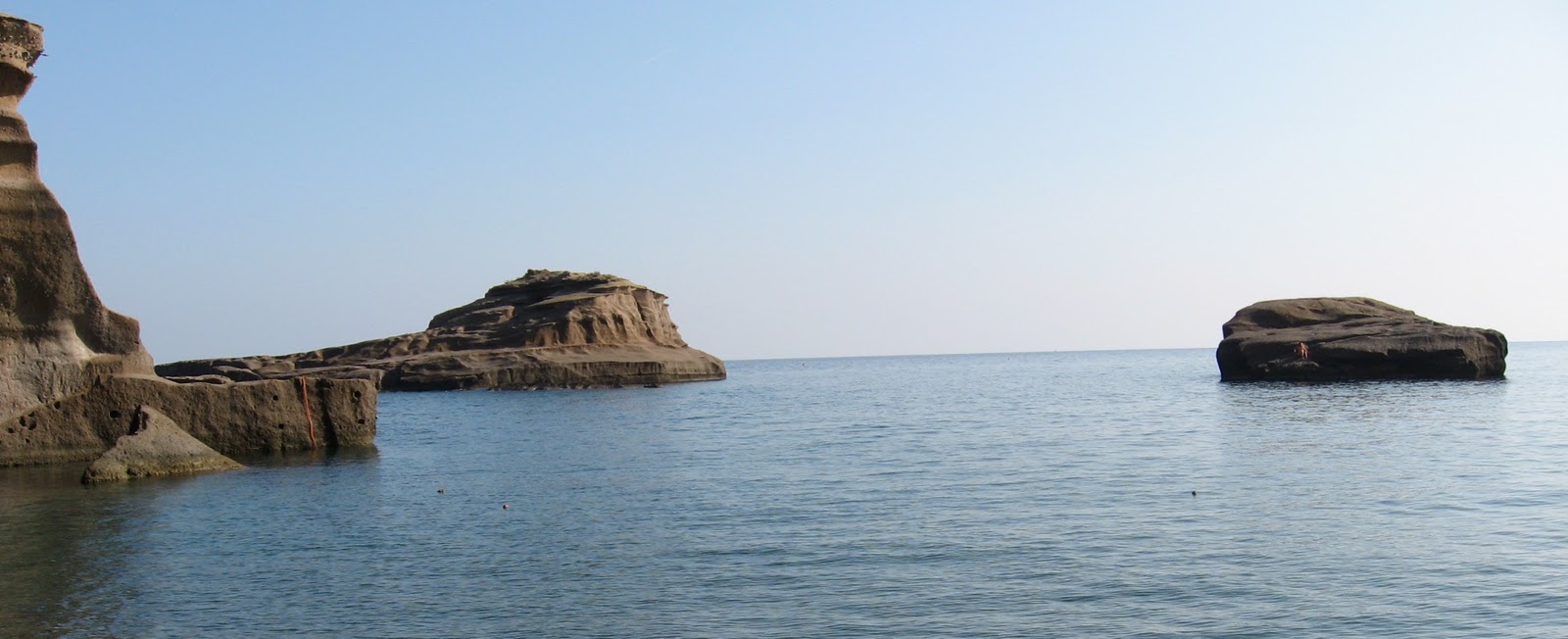
Ventotene and Santo Stefano Islands Marine Protected Area
This post is also available in:
 Italiano (Italian)
Italiano (Italian)
This is a protected area near Latina, Lazio Region, encompassing the sea around Ventotene and Santo Stefano Islands.
The latter feature tiny marine landscapes of volcanic origins, in the Pontine Archipelago. In fact, they are the uppermost part of an ancient volcano believed to be 20 km wide and a little more than 3.280 ft high.
Ventotene is the biggest island with a length of 2 miles, and a maximum width of about 2,625 feet.
Opposite Ventotene, Santo Stefano is much smaller and hosts the maximum security prison which has now been permanently closed for years.
Both islands feature jagged coasts with high, and dark cliffs, rocks, stacks and pebbly beaches. In other areas landslides of stones surrounded by black volcanic sand can be found.
FLORA
According to the different seasons, it is possible to come across lentil crops and gardens turned into mini-orchards, as well as in a diversified vegetation which can easily cope with harsh environmental conditions, with strong winds and massive seasalt corrosion. Many species are abundant, including brooms (Genistra ephedroides); dwarf palms (Chamaerops humilis) which, due to their small size, counteract the action of the wind – holm oaks (Quercus ilex), the historical plant of Ventotene, now almost gone following the deforestation which started in the 18th century, cysts (Cistus monspeliensis and Cistus salviaefolius) that adapt to lava and windy soils, euphorbias (Euphorbia dendroides and Euphobia helioscopia), helichrysis (Helicrysum litoreum), prickly pears (Opuntia ficus indica) and sea fennel (Crhitmum maritimum), probably the most resilient plant against salt and mud.
FAUNA
Le scogliere continuano sotto la superficie del mare con lunghe pareti ricoperte di organismi incrostati e ricche di anfratti e di grotte tappezzate di spugne multicolori in cui si nascondono cernie piccole e grandi, polpi e murene e specie più rare come gamberetti pulitori o le cipree.
L’arcipelago rappresenta un punto di passaggio importante per l’avifauna mediterranea: vi si possono infatti osservare circa 200 specie di uccelli nella quasi totalità migratori.
The reefs extend below the surface, covered with encrusted organisms and rich in ravines and caves blessed with multicolored sponges. The latter offer sanctuary to small and big groupers, octopus, moray eels and even rare species of cleaning shrimps and cowries.
The archipelago is also important for Mediterranean birdlife: in fact, most of its 200 species are migratory birds.
This post is also available in:
 Italiano (Italian)
Italiano (Italian)





